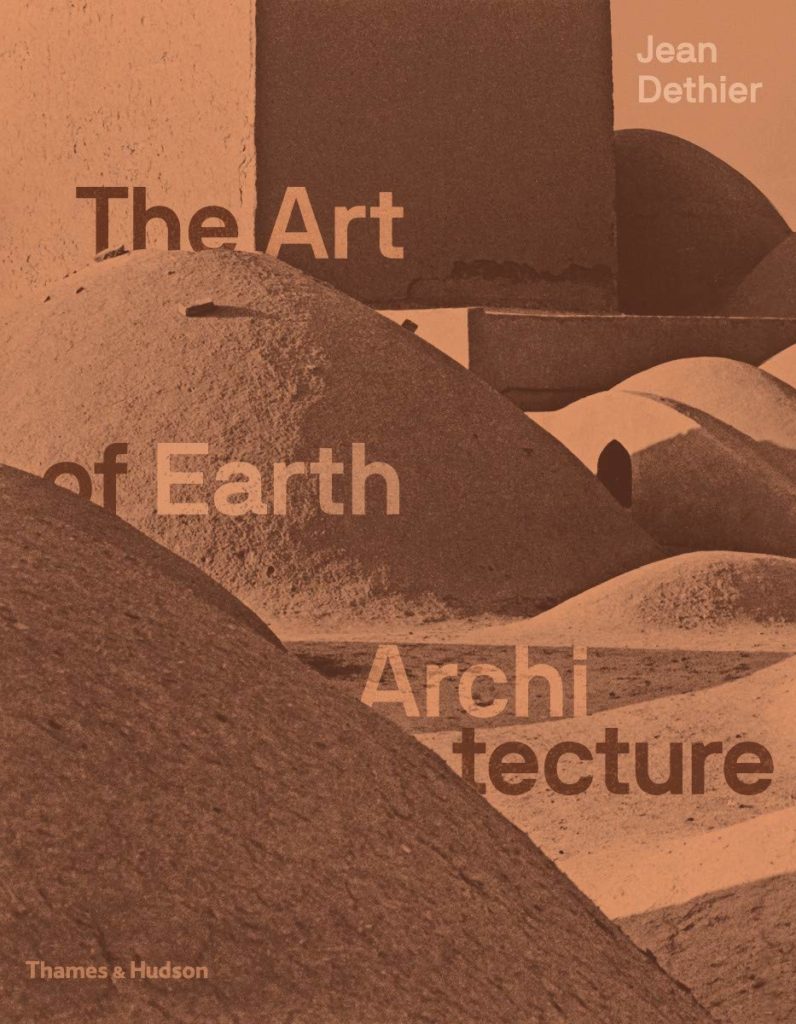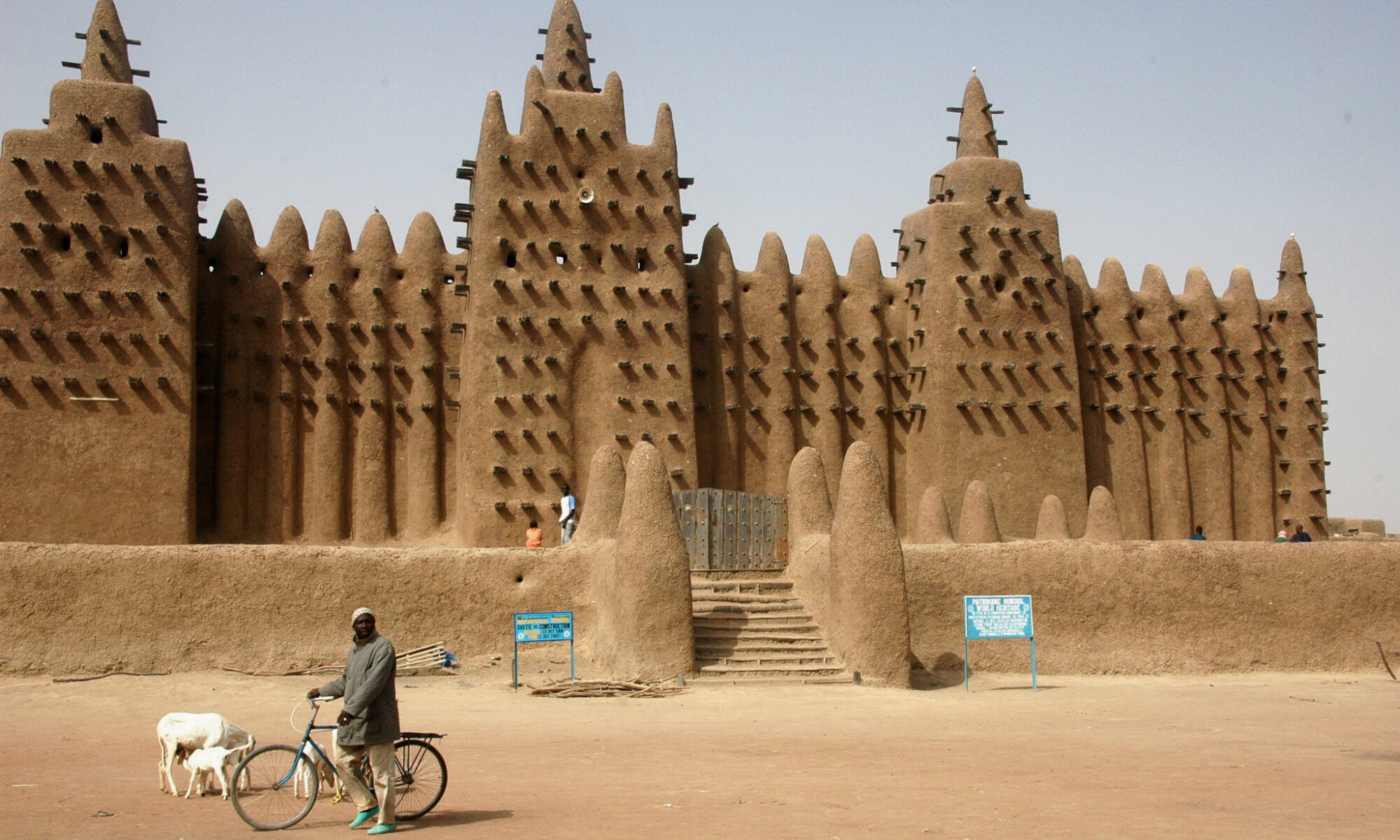Listen to the mud episode of Unsettled podcast from Santa Fe Art Institute created by Dr. Alicia Inez Guzmán & Diego Medina. Listen to artists Joanna Keane Lopez and Christine Howard Sandoval reflect on the the complex history, traditions, politics, and meanings embedded within the act of building with mud in New Mexico and California.
Building with Cob

Before founding a world leading clay plaster company, Clayworks Ltd, Adam Weismann and Katy Bryce specialised in earth building, with a particular love of Cob. The couple built many cob structures, with clients including HRH Prince of Wales, and finished the exteriors in Lime and the interiors in Clay. It was during this time that Adam and Katy developed a particular interest in clay plaster finishes. Their book, Building with Cob: A Step-by-Step Guide (Sustainable Building) shows how to apply this ancient technique in a wide variety of contemporary situations, covering everything from design and siting, mixing, building walls, fireplaces, ovens and floors, lime and other natural finishes, and gaining planning permission and building regulation approval. It also explains in detail how to sensitively restore an old cob structure.
Building with Cob was described by David Pearson (Author of The New Natural House Book) as ‘An inspiring vision and practical guide to one of the most versatile building materials’.
Keith Hall, Editor of Building for a Future magazine, concluded ‘This has got to be the most practical and beautifully illustrated book on earth building every published’.
The highly illustrated book, abundant with photographs, has step by step instructions for creating cob structures as well as information on natural finishes including lime plasters and home-made clay finishes. It also contains advice on how to construct a cob building that complies with modern building standards and guidance on restoring and repairing old cob structures.
Polluted Pottery
While earth, the material and technology that comprises the ground beneath our feet, is considered the most earth-friendly of all materials, it is also a material whose properties can be polluted by man-made and natural disasters. Artists have addressed this by fashioning objects made from the polluted ground.
Swedish artist Hilda Hellström created food storage jars made of radioactive earth from the Fukushima Daiichi nuclear disaster area in Japan. To do so, she contacted the last person still living inside the evacuation zone, Naoto Matsumura, and collected soil from his rice fields that can’t be farmed due to contamination.
Similarly, design studio Unknown Fields Division has used mud from a toxic lake in Inner Mongolia to create a set of three Ming-style vases.
The London studio, headed up by Kate Davies and Liam Young, collaborated with ceramicist Kevin Callaghan to form the three radioactive vases from the toxic waste generated during the production of electronic devices like smartphones and laptops, as well as a short film.
“Rare earth minerals are some of the fundamental ingredients in contemporary electronics,” said Young. “For example, a smartphone has eight different rare earths in it. Everything from the material used in its memory to the red-coloured pixels of its screen and the polish used on its glass.”
Macha Village Center / Oneartharch architect
Construction with earthen materials, as one of the oldest traditional technology, was widely employed all over China during the past thousands of years. According to the latest statistics, at least 60 million people in China are still living in various traditional rammed-earth dwellings, most of which are located in poor and rural regions.
The Macha Village Center, designed by One Earth Architecture, is located in Huining County, Gansu Province, borrows the conventional yard form and local building traditions of the region to create a courtyard that is enclosed by four different height of earth buildings that faces the eastern valley. Al building materials and earth are taken from the local area to blend in the local landscape in a natural way.
The Art of Earth Architecture: Past, Present, Future

For almost ten thousand years, unbaked earth has been used to build remarkable structures, from simple dwellings to palaces, temples, and fortresses both grand and durable. Jean Dethier spent fifty years researching this landmark global survey, which spans five continents and 250 sites. The Art of Earth Architecture: Past, Present, Future demonstrates the wide-ranging applications and sustainability of this building material, while presenting a manifesto for its ecological significance. Featuring raw-earth masterpieces, monumental structures, and little known works, the book includes the temples and palaces of Mesopotamia, the Great Wall of China, large-scale urban developments in Tenochtitlan in Mexico, the medinas of Morocco, and housing in Marrakech and Bogota.
This definitive reference features many UNESCO World Heritage sites and contains essays on the historical, technical, and cultural aspects of raw-earth construction from twenty experts in the field, as well as hundreds of photographs, illustrations, and architectural drawings.
Buy The Art of Earth Architecture: Past, Present, Future at Amazon
Mud Frontiers
Emerging Objects explores the frontiers of technology and material using traditional materials (clay, water, and wheat straw), to push the boundaries of sustainable and ecological construction in a two phase project that explores traditional clay craft at the scale of architecture and pottery. The end goal of this endeavor is to demonstrate that low-cost and low-labor construction that is accessible, economical and safe is possible. The project began in the contemporary borderlands along the Rio Grande watershed beginning in El Paso and Juarez and ended near the headwaters of the Rio Grande in Colorado’s San Luis Valley, which was the edge of the historic border between the U.S. and Mexico prior to 1848. The entire region has employed traditional pottery and earthen construction traditions for centuries. More at Mud Frontiers
The Farmer, the Architect and the Scientist
The Farmer, the Architect and the Scientist from The Gaia Foundation & ABN on Vimeo.
A new film, ‘The Farmer, the Architect and the Scientist’ tells the story of a seed hero. Dr Debal Deb is a pioneering ecologist committed to working with traditional farmers in eastern India to conserve indigenous seed diversity. Over almost two decades, Debal has managed to save 920 varieties of rice, all of which he stores in community based seed banks in West Bengal and Odisha for farmers. This film follows the construction of a new seed bank premises in Odisha, a venture that provides a potent symbol of Debal’s values.
Shibam, Yemen
Experiencia MUVA
Using concrete and mud bricks, architects Solanito Benítez, Gloria Cabral, María Rovea y Ricardo Sargiotti have constructed a unique wall by hastening the erosion of the mud by washing it away once the concrete mortar had cured, leaving voids in the places where mud bricks were set.

Primary School Tanouan Ibi

Dutch firm Levs Architecten used compressed earth blocks from local clay mines to build the barrel-vaulted structure of this primary school in the village of Tanouan Ibi.

The architects enlisted students from a nearby university and members of the local community to help construct the building, using the compressed clay bricks to build walls, floors and roofing.







